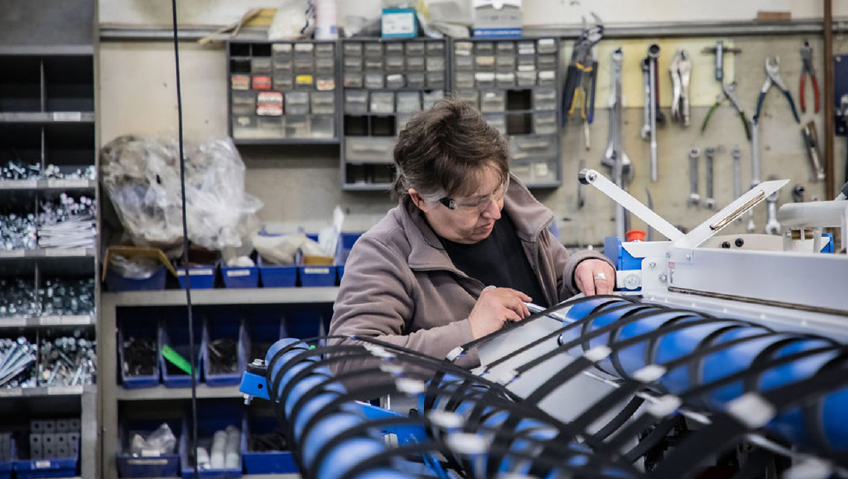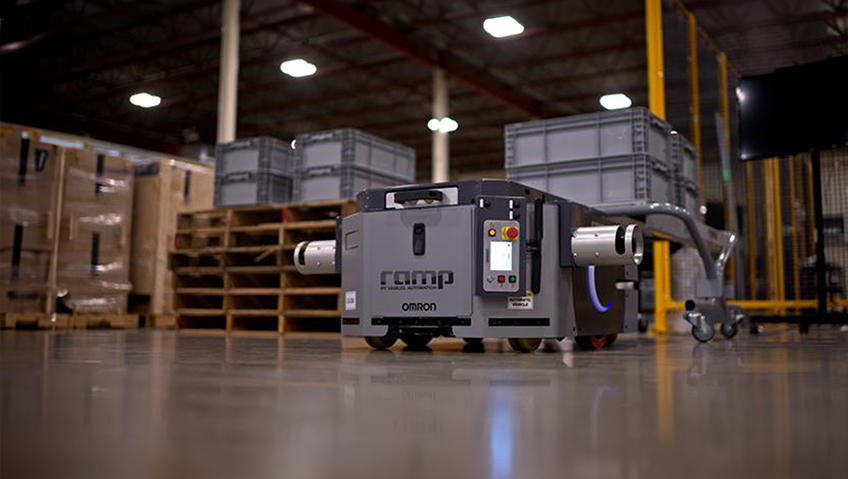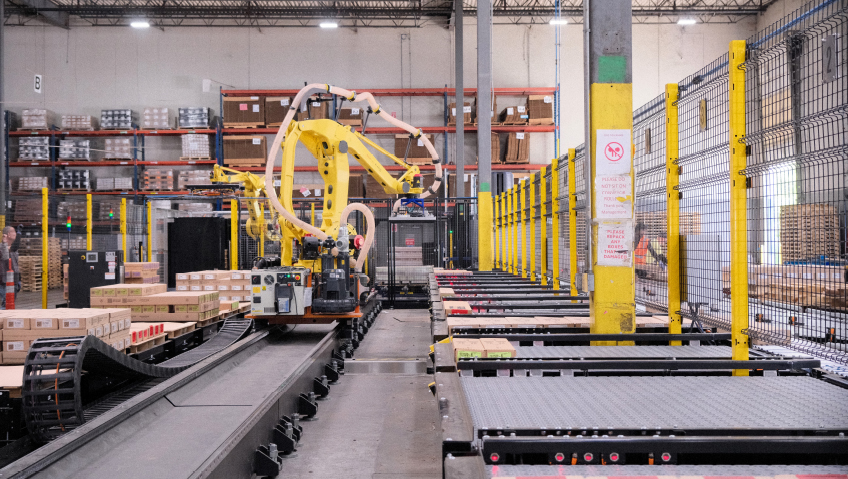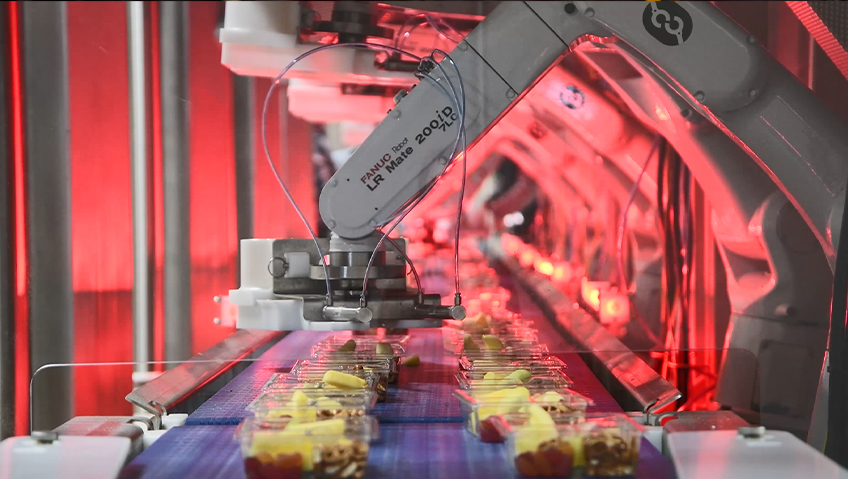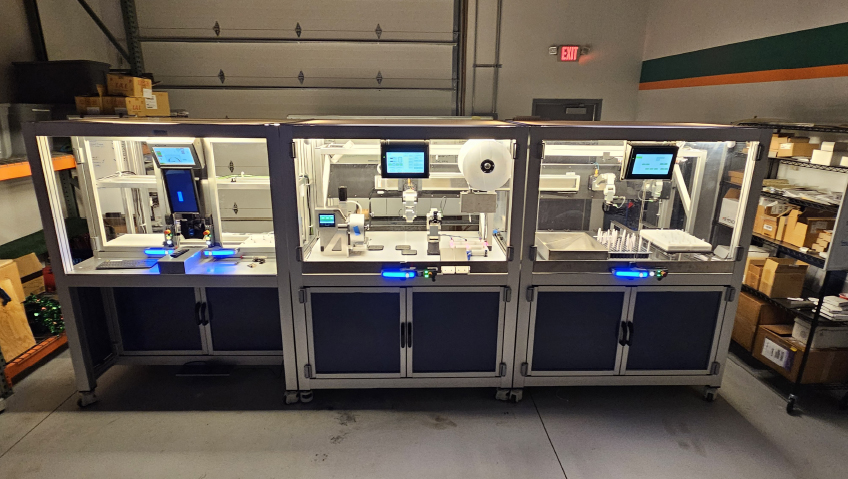As more and more North American manufacturing begins to return from outsourced regions, labour must be drawn from non-traditional sources to fill the demand. Women comprise less than thirty percent of manufacturing jobs in Canada and the United States, but one company is taking strong new steps to bring in this underrepresented demographic.
Vidir Solutions, headquartered in the heart of Manitoba, is working to not only bring in more female employees to its industry but also invigorate more rural communities. From its two offices in Manitoba and a third in Pennsylvania, the company is embracing these challenges to help combat the current labour shortages and build a better modern economy.
Vidir, from an old Icelandic term for ‘willow’ as a nod to the Scandinavian immigrants who helped build the company’s hometown, traces its lineage nearly fifty years. Like many companies, it was created to fill a simple need; founder Willie Dueck found that many local farmers were losing hours to tedious machine repairs while many skilled immigrants had no local jobs and started a machine shop to accommodate them.
Over the decades, the company has shifted to manufacturing and distributing its trademark movable storage units, which can be found in stores around the globe. Today, Vidir continues this legacy as well as being North America’s leading provider of automated material handling machine systems and components.
Talent Acquisition and Public Relations Specialist Carissa Rempel (Willie Dueck’s granddaughter) feels that being located outside major metropolitan areas boosts employees’ mental health. “They’re not fighting traffic to get to work; they’re not fighting pollution,” she explains. “They can have a quieter life; they are less concerned about threats to safety; they can get out in nature more.”
She notes that a smaller town can also provide a more intimate workforce. “People care about each other in a way that you don’t often see in a large urban manufacturing centre because in those places it’s very easy to leave work at work,” she says, elaborating that a unique work culture develops when co-workers are also neighbours, peers and friends.
Carissa’s husband, Vidir CEO Ernest Rempel says that the small-town feel also reflects Vidir’s attitudes towards customers and employees. By developing intimate, long-term relationships with its customers over the years, Vidir has cultivated a welcoming atmosphere that has become self-perpetuating. “We’ve found that is an attitude or a way of life that comes back to you,” he says.
Of course, by establishing itself in rural areas, Vidir must also facilitate the infrastructure development needed for its manufacturing operations through partnering with local governments and other businesses to bring about the necessary amenities and housing. While some companies may balk at the time and resource investment, Vidir has years of experience working with local governments to bring about mutually beneficial change.
“It’s an organic growth situation,” Ernest says. Being a job creator means that Vidir can provide opportunities for new businesses as well, bringing new life to small towns. “Many of the manufacturers that are now in the area are here because somebody started working at Vidir, and then branched off and started their own shop.”
In addition to the rural expansions that are reinvigorating North American manufacturing, the company’s drive to bring more women into manufacturing occupies its leadership. Today, the company boasts fifty percent female shareholders and twenty-five percent female ownership. For Carissa, this is just the beginning. A new campaign hopes to bring more new female workers to Vidir and to manufacturing as an industry.
The campaign has gained public attention with its ‘Spotlight’ video series profiling various female employees at the company. Each subject can explain her career, job duties, and her views on women in manufacturing, and the video is posted on Vidir’s social media channels.
“That has been a tremendous success for us—just showcasing women in manufacturing,” Carissa says, adding that the videos illustrate women in all company roles rather than more stereotypical clerical duties and have been met with immediate success. “We found that to be incredibly effective in showing women what is possible,” she says. By displaying women’s manufacturing success stories, she and her colleagues hope to inspire others. “Our approach was ‘See them, be them,’” she says. “If women see other women doing it, they will naturally be drawn to it as well.”
Carissa and Ernest believe that the campaign is both logical and long overdue. “A lot of women, I think, don’t even consider manufacturing as a career,” says Carissa, noting that the sector is not promoted in schools or widely thought of as a female industry. “There is a tremendous workforce out there that isn’t being utilized, and we are in a labour shortage,” she continues, “and we have people available—they’re just not being utilized.”
Ernest highlights the days of World War II in which millions of women worked factory jobs to support the war effort. “We’re missing a whole section of our society that could be working here,” he says. “Somehow, we forget that’s possible.”
Carissa relates that, while manufacturing is not typically considered a traditionally female-oriented sector, the industry can benefit from a more mixed workforce. “Manufacturing is about innovation and creativity,” she says, “and with women, that’s often a very innate character trait.”
Applying these advantages and more can help Vidir and other manufacturers improve their business model. “It’s also quite common for women to be very organized and set on making things as efficient as possible, which is great for lean manufacturing,” she says. “We want to both promote that externally and promote that at Vidir.”
In some instances, new female employees have limited work experience outside the home, so Vidir has implemented comprehensive training programs for all employees, moving to more specific and advanced programs for specific roles. “Focus on the safety aspects first,” Ernest says. “If you’re already short on employees, getting them hurt and sending them home doesn’t help you either.”
From there, advanced on-the-job training with peers can integrate new hires rapidly. These highly regimented programs measure trainees’ progress and ensure full comprehension before moving to the next level.
“We’re not putting people into situations where they’ll be over their heads,” Ernest says. In addition to employee skills, he says the program boosts retention levels as employees feel they are succeeding. “Their success is our success and vice versa.”
The campaign has already sparked results with a sixty percent increase in female employees last year alone but Carissa says that Vidir is just getting started. “We do have a goal of our workforce being at least twenty-five percent female by 2025, and we’re close—but not quite there,” she says. A $1,000 referral bonus for new hires continues to drive up recruitment.
Other such improvements include such fundamental amenities as female washrooms—“something that’s often overlooked,” Carissa remarks—to a policy of case-by-case flexibility for working mothers. “Just because something might work for someone doesn’t mean it will work for everybody,” says Carissa, who herself works from home to be with her children.
While it may be argued that applying such an individualized policy may be challenging, Ernest argues that, in the long run, it is a mutually beneficial situation. “If there are ways we can improve our business and allow that to happen or encourage that to happen, then we’re after that one hundred percent.”
Vidir continues to enjoy success in its new strategy, and hopes to inspire other manufacturers to follow suit. Ernest has two words for other businesses hoping to follow in Vidir’s footsteps: “Just start,” he says. “The concerns and shortcomings will present themselves, and you’ll get a chance to deal with them.”
The company’s aforementioned policy of flexibility and communication has helped the company navigate this new road, and he admits some ideas have had to change and evolve. But that, he says, is inevitable. “Don’t be afraid of change.”
As Vidir enters 2022, the company is continuing its mission to embrace new demographics. “Our workforce right now is about forty-three percent visible minorities or first-generation Canadians,” Carissa says, and the company is bringing in government programs such as English language learning to further get employees up to their full potential. While the company continues its growth, new challenges are to be overcome and goals to be set.
Carissa notes that if Vidir succeeds in achieving its twenty-five percent female workforce ahead of schedule by 2025, the goal will be stretched; in fact, she hopes Vidir can one day have an equally gendered space. “We’re 50/50 out in the world,” she says. “It should reflect that in the workplace.”

